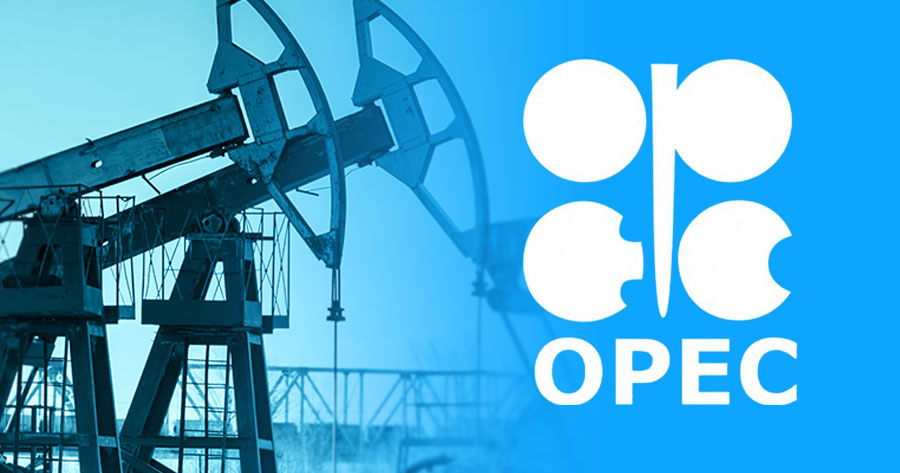Global crude prices experienced a modest uptick in early trading, with Brent benchmark futures climbing 0.84% to $66.05 a barrel and U.S. West Texas Intermediate (WTI) advancing 0.79% to $62.36 per barrel. The moves come amid newly announced production policy changes from OPEC+, the coalition of major oil producers led by Saudi Arabia and Russia.
At a virtual meeting on Sunday, OPEC+ agreed to lift production quotas starting in October, but signaled a much smaller increase in output than in previous months. The group’s decision sees daily production raised by 137,000 barrels, a sharp reduction from the monthly increments of over half a million barrels seen in August and September of 555,000 bpd. The measured approach reflects concerns about moderating global demand growth and the prospect of a surplus during the northern hemisphere’s winter.
Since April, the group has already reversed its initial 2.5 million barrels per day in cuts, effectively restoring significant supply that had been withheld during the height of pandemic disruptions. These actions represent a marked shift in strategy as key producers, notably Saudi Arabia, seek to reclaim global market share even as price pressures intensify.
The pivot by OPEC+ follows an extended period of production restraint aimed at supporting prices, as well as political pressure from the United States. Earlier this year, President Donald Trump urged the group to increase supply to help rein in gasoline prices at home.
The higher outputs have already weighed on the oil market. Since the start of the year, crude prices have sagged roughly 15%, straining profitability for energy companies to their lowest levels since the earlier pandemic downturn, with the sector facing widespread cost-cutting and job losses as a result.


